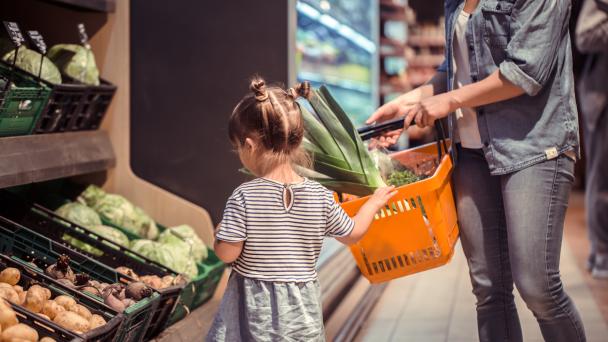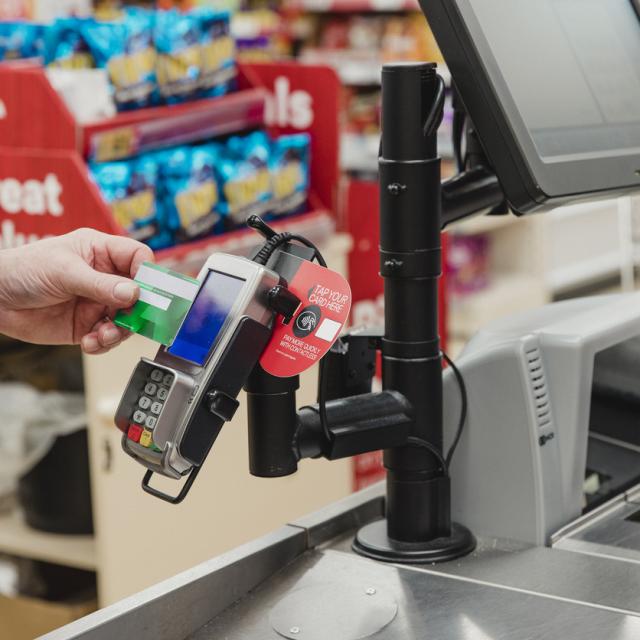Understanding the experiences of receiving the Five Family Payments


In recent times, there has been a growing trend in the use of loyalty pricing by supermarkets, offering exclusive discounts to customers who sign up to loyalty schemes and use store-specific loyalty cards. However, this practice has raised growing concerns among stakeholders and consumers about fairness and the potential creation of a two-tier pricing system.
In July 2024, we conducted a survey on behalf of the Competition and Markets Authority (CMA) using our probability-based NatCen Opinion Panel. The survey aimed to explore grocery shoppers' perceptions of loyalty pricing and its effect on their shopping behaviours. This study contributes to a broader investigation by the CMA into loyalty pricing in the grocery sector.
Fieldwork for this study was conducted using the NatCen Opinion Panel – a random-probability panel of people recruited from high-quality, random probability studies such as the British Social Attitudes survey. The data was collected between 5th July and 4th August 2024 using a sequential mixed mode design (web and telephone).
The survey began by asking respondents whether they were responsible for at least some of the grocery shopping done in their household. Those who answered "yes" were asked if they shop regularly at a list of major UK supermarkets. Those who said they did were defined as regular grocery shoppers and then asked about their supermarket loyalty memberships, including which ones they held (if any) and how often they used them. Additional questions explored the shopping behaviors of loyalty scheme members in more detail. All grocery shoppers, regardless of loyalty card ownership and how regularly they shop, were then asked about their views and attitudes toward loyalty pricing.
A total of 2,719 of the 4,700 panel members invited to take part did so, either online or over the phone, giving a 58% survey response rate. Of the total respondents, 2,439 were grocery shoppers (90%).
The data were weighted to be representative of the UK adult (18+) population.


 Press release
Press release

Receive a regular update, sent directly to your inbox, with a summary of our current events, research, blogs and comment.
Subscribe